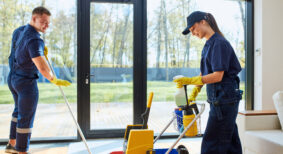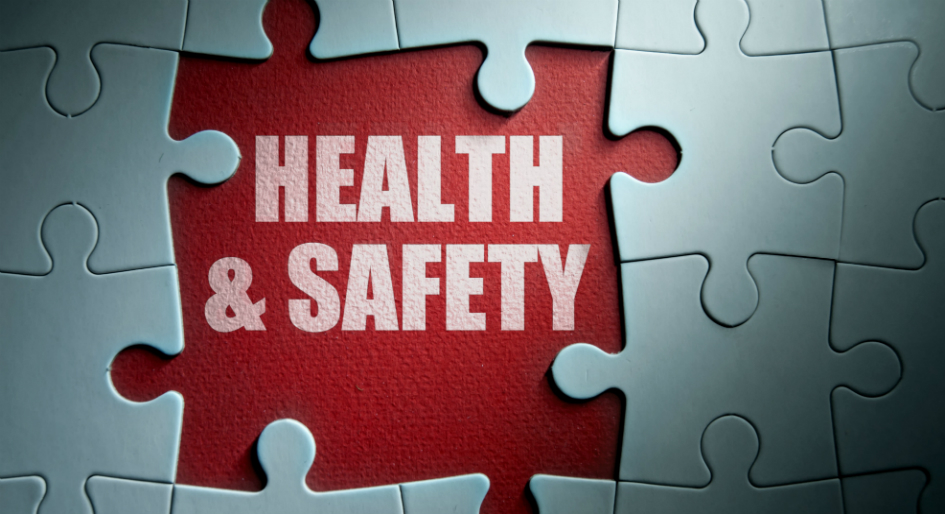Anxiety about COVID-19 could inadvertently trigger another dangerous health risk — cleaning chemical mishaps. It’s projected that COVID-19 will cause relatively mild symptoms for the vast majority of people infected, whereas any mixture of bleach and ammonia will unfailingly produce a toxic reaction.
Multi-residential managers in particular may want to include this reminder in their communications to tenants and unit owners. However, given the current hyper-vigilance about keeping commonly used surfaces as clean as possible, it’s a safety warning that’s equally applicable in offices.
“It is a good time to highlight the dangers of making homemade disinfectants and solvents,” says Bala Gnanam, vice president, energy, environment and advocacy, with the Building Owners and Managers Association (BOMA) of Toronto. “We don’t want people unknowingly doing dangerous things because they think they are protecting themselves and their families.”
Some basic chemistry lessons should be reiterated.
“Mixing bleach with either ammonia-containing or acid-containing products must be avoided. The combination of bleach and ammonia releases chloramines, which can be irritating and toxic. Bleach reacts with acid to release chlorine gas, which can also be toxic,” advises Dr. Paul Meechan, a member of ISSA’s scientific advisory board and global biorisk advisory council.
While chlorine gas diluted in the environment is considered more of an irritant than a hazardous toxic, it becomes much more threatening if directly inhaled. “Chlorine is toxic via its interaction with the mucous lining of the lungs. When it interacts with the moisture present, it forms hydrochloric acid, which is corrosive, leading to chemical burns inside the lungs,” explains Daniel Charland, chief operating officer with the biotechnology cleaning product manufacturer, InnuSciene.
“Chemicals should never be mixed with each other and they should never be mixed with bleach,” Charland says. “Bleach mixed with water is effective, but it is important that it be diluted properly, and you can probably never mix the solution properly if you don’t have a proper mixing device.”
He suggests office tenants leave bleach-based cleaning tasks to building operations staff and cleaning contractors and, instead, focus on basics like washing their hands with soap and water. Milder, safer disinfectants can also be applied on frequently handled or highly exposed surfaces.
He also stresses that hand sanitizers are an option if there is no access to soap and water, but not a preferred replacement. Alcohol-based products strip oils out of human skin more aggressively than soap does, making skin more likely to crack and bleed, thus more vulnerable to sources of infection.








